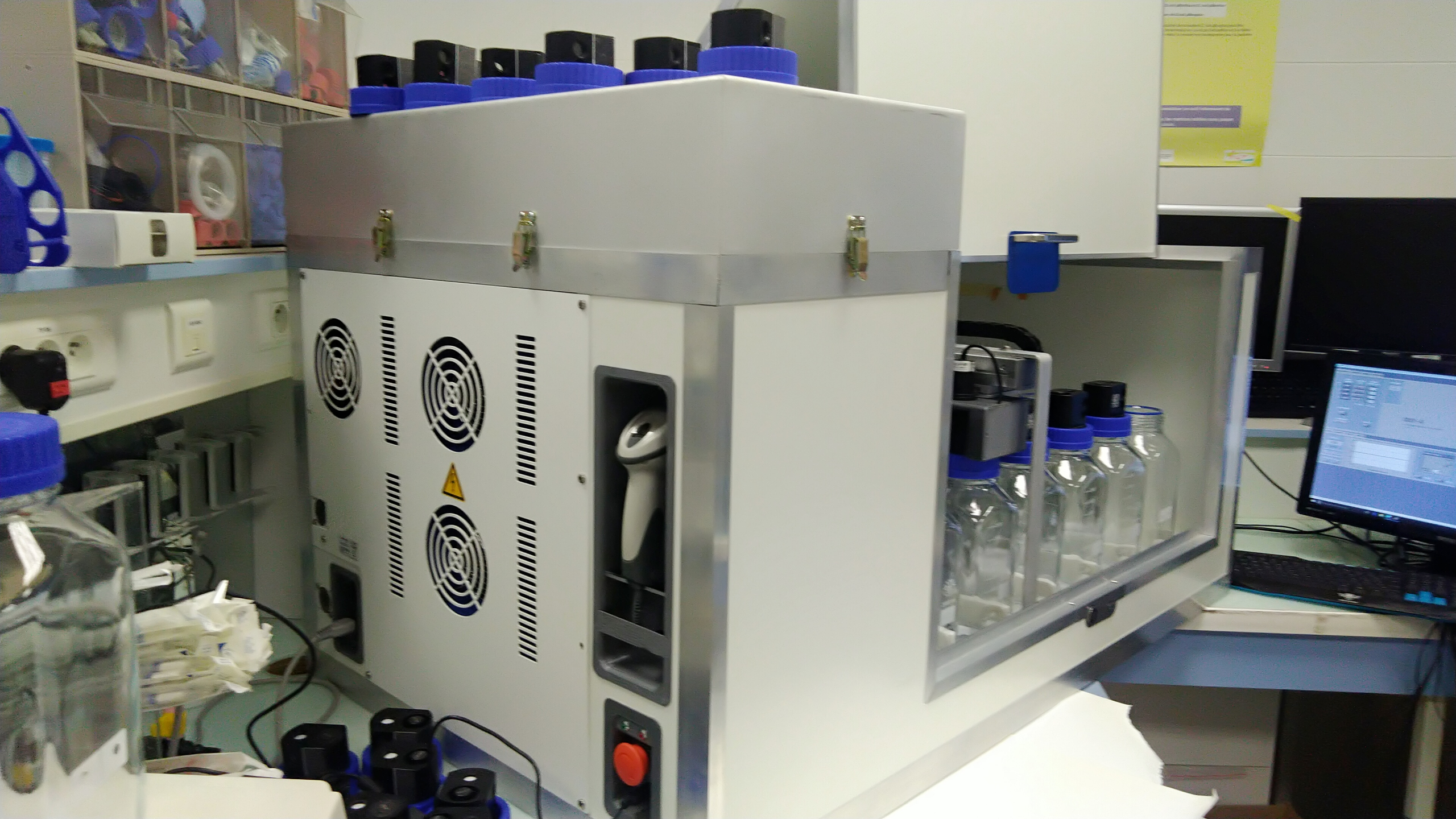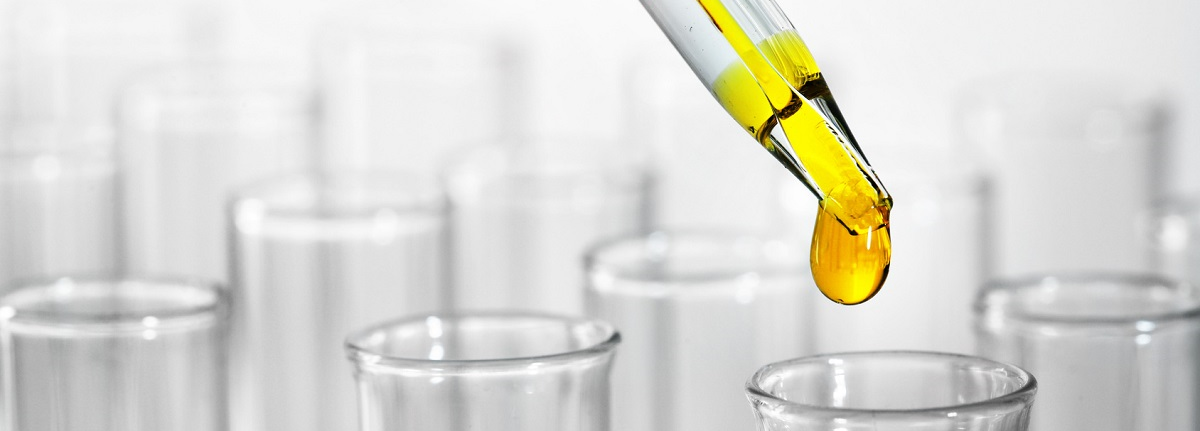Discussions are under way in Europe about providing a framework for the assessment of the biodegradability of mixtures. Could you tell us a bit more about this issue?
G. Thouand: The European legislation, REACH, has been regulating pure substances since 2008. Eventually, mixtures will also be subject to legislation. We are all perfectly aware of the fact that it isn’t pure substances which are found in nature, but mixtures. A molecule can be perfectly biodegradable in a laboratory, yet not be biodegraded during wastewater treatment plant processing because it’s surrounded by hundreds of other molecules. This is what I call the “cocktail effect”, as no one has a standardised way to evaluate it.
For the time being, ECHA, the European Chemicals Agency, recommends isolating molecules in order to measure the biodegradability of each one separately. This is neither chemically nor technically feasible. Biodegradability and ecotoxicity specialists are simply unable to separate hundreds of substances from a mixture in a timely and cost-effective manner.
Manufactures are waiting for laboratories to offer them an alternative approach, so that they can finally be a driving force behind ECHA. The latter seeks to find a compromise between manufacturers’ capabilities with respect to evaluating their products, and a degree of certainty that the assessment methods employed are sufficiently reliable to protect society.
Do you have an answer for the manufacturers?
G. Thouand: Yes, Capacités and the GEPEA Laboratory, backed by L’Oréal and Tronico, have been developing a new approach for assessing the biodegradability and ecotoxicity of complex matrices since 2015.
We know that undegraded elements may remain after a biodegradation event and that these residues can be composed of hundreds of substances. We measure numerous parameters, including the toxicity of the final mixture, so as to assess whether it is more or less toxic than the initial mixture. Providing that there is no increase in toxicity, the mixture is characterised as biodegradable. This is what we refer to as “weight of evidence”.
In order to arrive at this conclusion, the complex matrix to be assessed and a certain quantity of environmental microorganisms are placed in a reactor. The substance is biodegraded if the microorganisms feed on it in order to grow: they consume oxygen to oxidise the substance and release CO2 to integrate it into their metabolism.
M. Crégut: In order to evaluate the biodegradability of a substance, there are thus four factors to be observed: oxygen decreases, carbon dioxide is produced, biomass is created and the substance disappears. These parameters are relatively easy to study separately, but very difficult to measure together. We managed to combine them into a single assessment system.
Repeating this procedure for four of five substances is already a painstaking task. Doing it for hundreds of substances would require an infinite amount of time… In order to address this issue, we developed a machine that carries out biodegradability and ecotoxicity testing automatically. Operators only have a single procedure to perform in the beginning, then they can leave it to carry on with the task for around 28 days.
Your testing method has been integrated into a new automatic assessment machine for establishing the biodegradability of mixtures. Can you tell us a bit more about its industrial roll-out?
M. Crégut: This is an important innovation, made possible by Tronico that backed the GEPEA Laboratory and Capacités from the very beginning, as well as L’Oréal that followed us. We received the first prototype in December 2020. At the moment, it’s in the laboratory evaluation phase. It will soon be sent to Eurofins in Nancy, where testing will be carried out under the aegis of L’Oréal that is financing the operation. Such field experiments are essential prior to the market launch in 2022.
G. Thouand: The main challenge was to combine all the parameters for assessing the biodegradability of a complex matrix into one machine, and in a way that was automatic and fast… We succeeded by combining numerous technologies that had already been mastered. We miniaturised each operation in order to create a compact machine that occupies only 1 m2. It takes only one person to operate it.
ECHA is looking for a compromise between their need for safety and the manufacturers’ need for a method that can be applied at a reasonable cost and within a reasonable time. Could your method be that compromise?
M. Crégut: Yes, that’s a possibility. In any case, ours will most likely be one of the methods recommended by ECHA for biodegradability testing. Together with L’Oréal, we published an article in the journal Green chemistry that was presented at SETAC Europe, the global biodegradability and ecotoxicity congress, in 2019. We feel that our approach is starting to become the general consensus.
It is a valid means of assessment that is economically viable, while addressing the key ecological issues. Our citizens need transparency, that’s normal. Manufacturers also need to understand precisely what this entails.
To find out more about our expertise in biodegradability and ecotoxicity, please visit our dedicated page or contact us directly.


